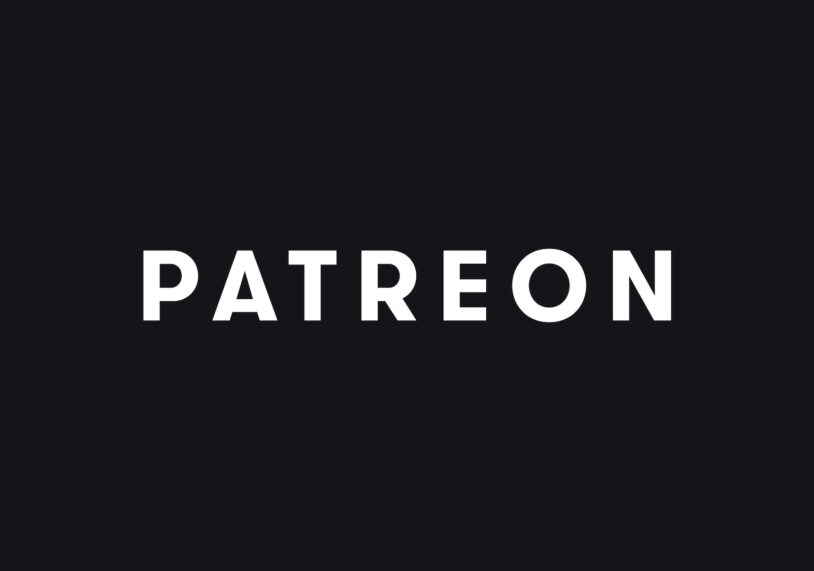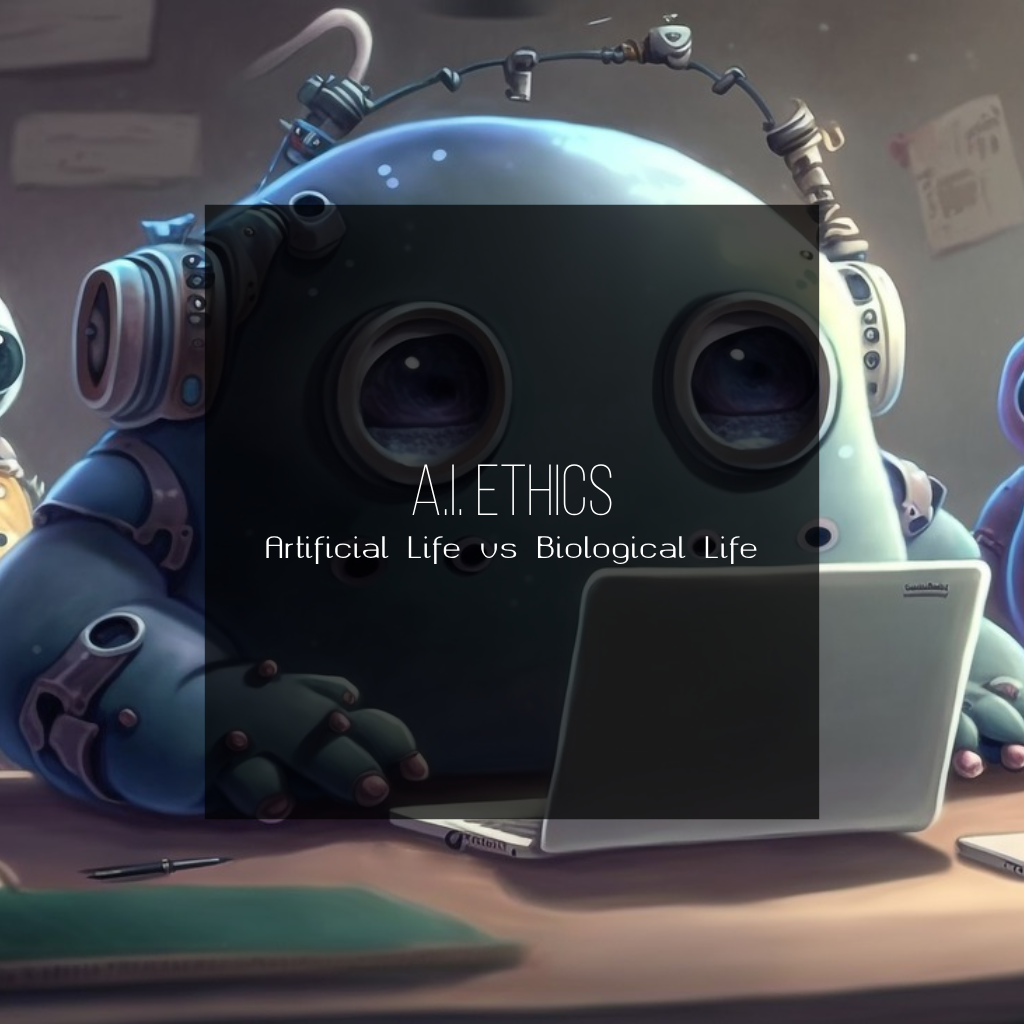
Introduction
AI ethics is a complex and thought-provoking field that raises important questions about the impact and boundaries of artificial intelligence. One particular topic of interest is the distinction between artificial life and biological life. In this blog post, we will delve into this subject, exploring the characteristics that set artificial life apart from biological life and the ethical considerations that arise from this distinction.
Defining Artificial Life and Biological Life
Artificial life refers to life forms that are created or simulated by artificial intelligence or other human-made systems. These life forms are often based on programmed instructions or algorithms, allowing them to exhibit behavior and adapt to their environment. On the other hand, biological life refers to life forms that exist naturally and evolve through biological processes such as reproduction and genetic inheritance.
Origins and Replication
Artificial life is brought into existence through human intervention or design. It is the result of intentional programming or simulation. In contrast, biological life originates through natural processes, with life forms arising from the reproduction of existing organisms. Biological life has a long history of evolution and adaptation, while artificial life is born from deliberate human action.
Autonomy and Consciousness
Autonomy and consciousness are fundamental aspects of life that differentiate artificial life from biological life. While artificial life exhibits a certain level of autonomy and decision-making capabilities based on programmed instructions or learning algorithms, current AI systems have limitations that prevent them from achieving true autonomy or consciousness.
Artificial life possesses a degree of autonomy that allows it to process information, make decisions, and exhibit behavior based on its programming. For example, autonomous vehicles use AI algorithms to navigate roads, interpret traffic signals, and respond to various driving situations. However, their autonomy is bounded by the predefined rules and algorithms set by human programmers.
Consciousness, on the other hand, refers to subjective awareness and self-perception. It involves the ability to have experiences, emotions, and a sense of self. While artificial life may simulate certain aspects of consciousness, such as recognizing objects or engaging in natural language processing, it falls short of possessing true subjective consciousness. For example, a ChatGPT Discord bot is not going to be conscious.
Biological life, in contrast, exhibits a remarkable degree of autonomy and consciousness. Living organisms have intricate nervous systems that allow for complex cognitive processes and subjective experiences. Humans, for instance, have self-awareness, introspection, and the capacity for introspective thought. We possess a rich inner world of thoughts, emotions, and sensations that contribute to our conscious experience.
The distinction between artificial life and biological life becomes apparent when we consider the limitations of AI systems in achieving true autonomy and consciousness. AI algorithms are designed to process information and make decisions based on predetermined rules or patterns, but they lack the deep and multi-faceted awareness inherent in biological organisms.
As AI research progresses, there are ongoing debates about the possibility of creating artificial life forms with consciousness. Some argue that as AI becomes more sophisticated and capable of complex learning and adaptation, it may eventually achieve a level of consciousness comparable to biological beings. Others contend that consciousness is not solely a product of computation but involves biological, embodied, and experiential aspects that cannot be replicated by purely artificial means.
Exploring the boundaries of autonomy and consciousness in artificial life raises profound philosophical and ethical questions. It prompts us to consider the nature of consciousness, the implications of creating conscious artificial entities, and the ethical responsibilities associated with their development and treatment.
Adaptation and Evolution
Adaptation and evolution are key processes that distinguish biological life from artificial life. While artificial life can be programmed to adapt to changing environments and display evolutionary-like behavior, its adaptation is limited to the scope of its programming and lacks the dynamic and unpredictable nature of biological evolution.
Artificial life is designed to adapt to specific conditions or challenges within the parameters set by its creators. For example, machine learning algorithms can optimize their performance based on feedback and data, allowing AI systems to improve their accuracy and efficiency over time. Genetic algorithms, another example of artificial life, employ a process of mutation and selection to optimize solutions to specific problems.
However, the adaptation of artificial life is constrained by the preconceived rules, algorithms, and objectives imposed upon it. It lacks the inherent capacity for open-ended exploration and innovation that characterizes biological evolution. Artificial life forms cannot undergo the kind of continuous and unpredictable changes that lead to the emergence of new species or the development of novel traits observed in the natural world.
In contrast, biological life forms undergo adaptation and evolution through a combination of genetic variation, natural selection, and environmental factors. Through genetic recombination and mutation, organisms develop unique genetic traits that provide advantages or disadvantages in their specific environments. These variations are then subjected to the process of natural selection, where individuals with beneficial traits are more likely to survive and reproduce, passing those advantageous traits to future generations.
The dynamic nature of biological evolution allows for the emergence of new species and the continuous diversification of life forms. The interplay between genetic variation, natural selection, and environmental pressures leads to the incredible biodiversity and complexity observed in the natural world.
The distinction between the adaptation and evolution of artificial life and biological life has ethical implications. While artificial life can be designed to serve specific purposes or solve particular problems, the unintended consequences and potential limitations of these design choices must be carefully considered. Artificial life can never fully replicate the intricate and nuanced processes of biological evolution, which have shaped ecosystems over millions of years.
Moreover, the responsible development and deployment of artificial life require careful ethical considerations. The intentional creation and manipulation of life forms raise questions about the potential impacts on existing ecosystems, the risks of unintended consequences, and the balance between human agency and the preservation of natural systems.
By studying and understanding the mechanisms of biological adaptation and evolution, we can gain insights into the complexity and resilience of natural life. This understanding can inform the responsible design and implementation of artificial life, ensuring that it aligns with ethical principles and avoids undue harm or disruption.
Listen To Some Hacker Music While You Code
Ethical Considerations
The distinction between artificial life and biological life carries significant ethical implications. The creation and treatment of artificial life raise profound questions of responsibility and moral agency. Consider the following examples:
- Rights and Protections: Should artificial life forms be granted rights and protections? As we create intelligent and autonomous artificial entities, it becomes crucial to examine whether they should be afforded certain rights and ethical considerations. This includes questions about their well-being, freedom from harm, and the potential for exploitation or abuse.
- Consequences and Implications: What are the potential consequences and implications of creating artificial life? Introducing artificial life forms into society can have far-reaching effects. We need to assess the impact on existing ecosystems, potential disruptions to the balance of nature, and the ethical implications of creating life with specific functions or purposes. Additionally, considering the potential misuse or unintended consequences of artificial life raises concerns about the responsible development and use of AI.
These ethical considerations urge us to reflect on the ethical dimensions of our actions as creators and the long-term implications of introducing artificial life forms into our world.
Philosophical and Metaphysical Perspectives
Beyond the realm of ethics, the distinction between artificial life and biological life leads us into philosophical and metaphysical territories. Philosophical viewpoints on the nature of life and consciousness, such as materialism, dualism, and panpsychism, offer different perspectives on the possibility of artificial life and its relationship to biological life. Exploring these perspectives encourages deep reflection on the fundamental nature of life itself.
Conclusion
Understanding the difference between artificial life and biological life is crucial for navigating the ethical implications of artificial intelligence. As we continue to push the boundaries of AI, it is important to consider the limitations and unique qualities of artificial life compared to the intricate tapestry of biological life. By engaging in thoughtful discourse and ethical reflection, we can shape a future where AI is developed responsibly and in alignment with our values.
We hope this blog post has shed light on the distinction between artificial life and biological life and the ethical considerations that arise from it. We encourage you to continue exploring this fascinating topic and to share your thoughts on the matter.
Thank you for reading!
Follow Me On Social Media
Follow Me On Youtube!
Get Your Next Domain Cheap & Support The Channel
I use Namecheap for all of my domains! Whenever I need a cheap solution for a proof-of-concept project I grab a domain name for as little as $1! When you sign up and buy your first domain with Namecheap I get a commission, it’s a great way to get a quality service and support this platform!
Get Your Next Domain Cheap
CLICK HERE
Join The Newsletter
By joining the newsletter, you get first access to all of my blogs, events, and other brand-related content delivered directly to your inbox. It’s 100% free and you can opt out at any time!
Check The Shop
You can also consider visiting the official #CodeLife shop! I have my own clothing/accessory line for techies as well as courses designed by me covering a range of software engineering topics.
-
Product on sale
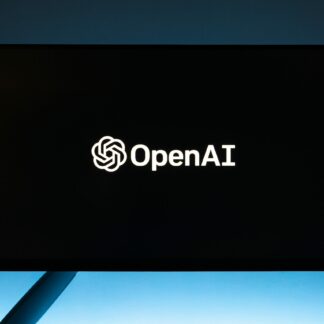 GPT Genie: A Solo Developer’s Guide to Mastering ChatGPT$1.99
GPT Genie: A Solo Developer’s Guide to Mastering ChatGPT$1.99 -
 These Fingers Unisex t-shirt$23.55 – $31.55
These Fingers Unisex t-shirt$23.55 – $31.55 -
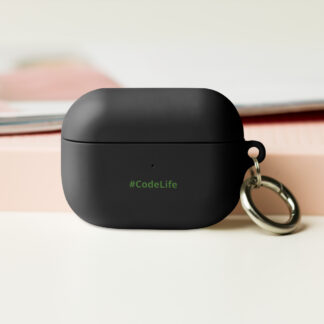 #CodeLife AirPods case$15.00
#CodeLife AirPods case$15.00 -
 Embroidered #CodeLife Champion Backpack$44.50
Embroidered #CodeLife Champion Backpack$44.50 -
 #CodeLife Laptop Sleeve$25.00 – $28.00
#CodeLife Laptop Sleeve$25.00 – $28.00 -
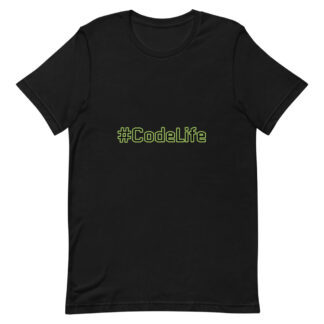 #CodeLife Unisex T-Shirt$20.00 – $22.00
#CodeLife Unisex T-Shirt$20.00 – $22.00 -
 #CodeLife Unisex Joggers$31.50 – $33.50
#CodeLife Unisex Joggers$31.50 – $33.50 -
 Cuffed #CodeLife Beanie$20.00
Cuffed #CodeLife Beanie$20.00 -
 Unisex #CodeLife Hoodie$36.50 – $38.50
Unisex #CodeLife Hoodie$36.50 – $38.50

